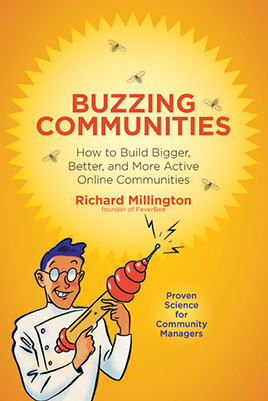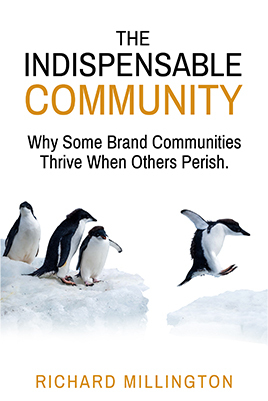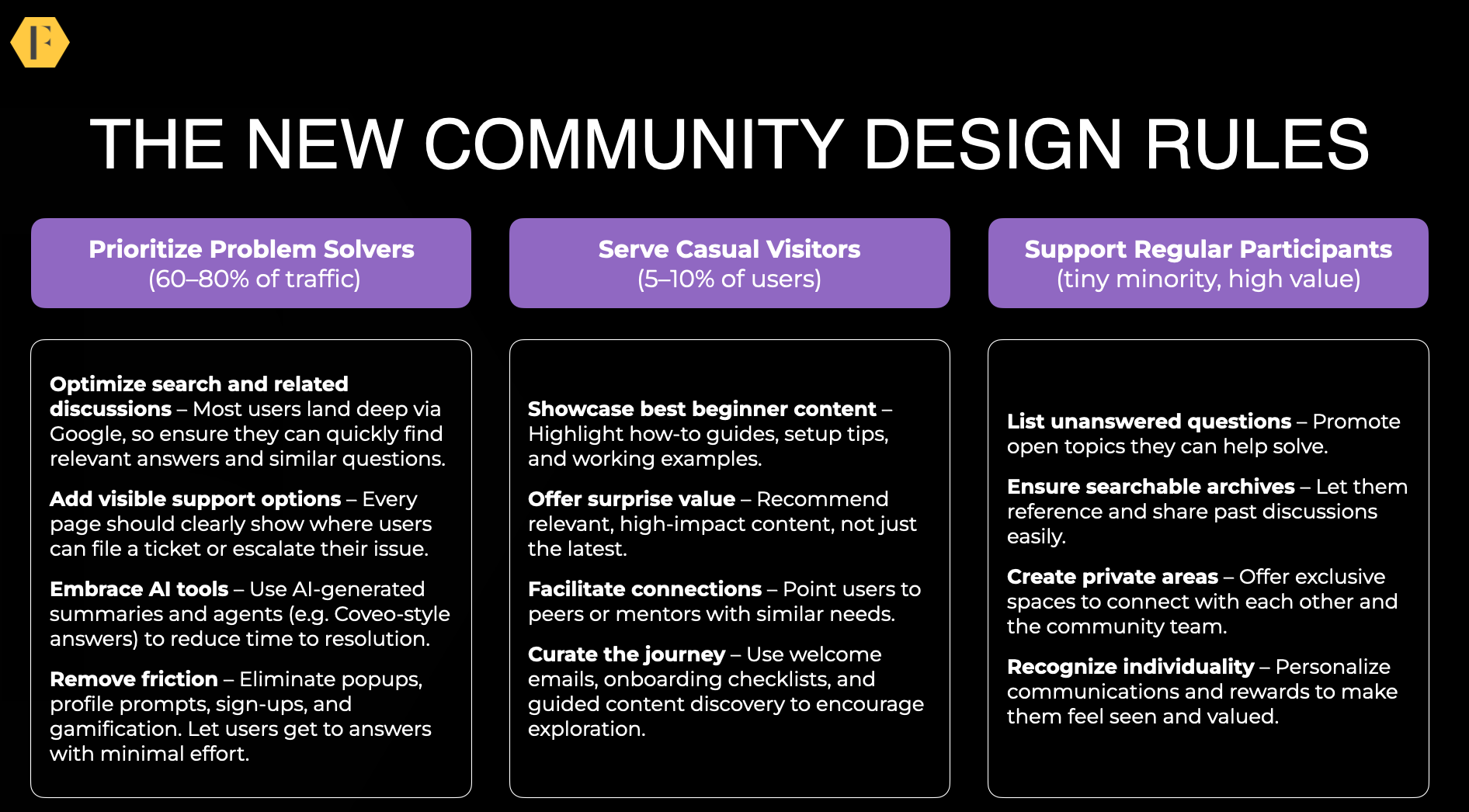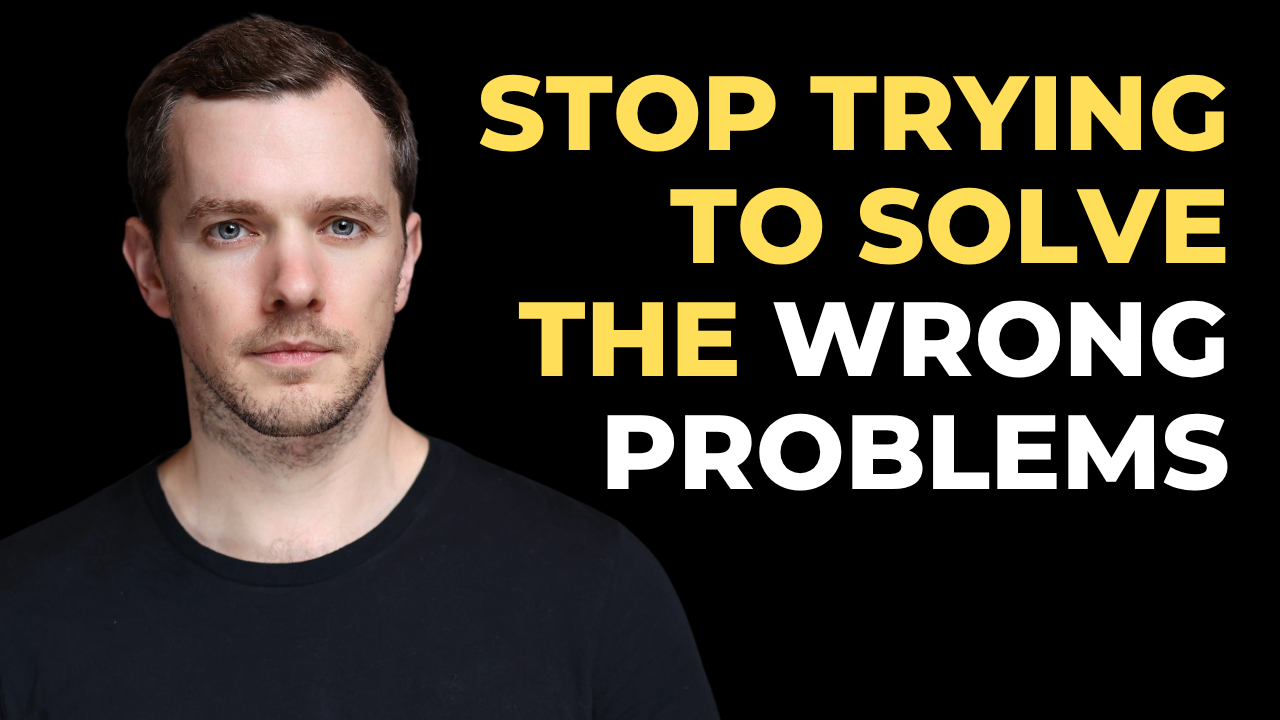In The Indispensable Community (and elsewhere), I shared how smart community professionals focus and measure the impact of their community.
Impact can take many forms, but there are generally three key rules:
- Impact is very specific (vague ideas about increasing loyalty don’t cut it).
- Impact is something someone is responsible for.
- Impact is something someone(s) cares a lot about.
Impact isn’t what you think the value of the community is (or what you want it to be), it’s how the community directly helps colleagues achieve their goals.
Some examples of impact might include:
- Bring 50 qualified sales leads sourced from the community to the sales team and you’re having an impact (Eventbrite)
- Get your members to publish 100+ reviews on TrustRadius or G2Crowd for your product and you’re having an impact (Quickbase)
- Provide your PR team or web team with 30+ case studies they can share and feature, and you’re having an impact.
- Help engineers prioritize exactly what needs to be fixed and you’re having an impact.
- Reducing the number of support tickets customer service reps answer or equipping them with the best knowledge from members to answer questions is a big impact.
- Identifying some great recruits for future job roles is a big impact.
- Having members co-create a comprehensive set of documentation and user guides is a big impact.
- Helping newcomers create their first success in using your products and keeping them around is an impact.
This doesn’t mean impact excludes ROI metrics. It means that ROI is just one of many possible (and desirable) impacts of the community. Someone might care about it, but it’s comparatively rare. Worse yet, ROI metrics aren’t persuasive to colleagues.
The secret to having a big impact is two-fold.
1) Deeply understand what your colleagues want. What do they need this week? What about next week? More sales leads, feedback, expertise? Focus on the immediate pain point. What are they struggling with this week?
2) Align your community to that impact. If you want people to create reviews, provide feedback, or anything else you need to persuade them to do it. That works at the emotional level. Creating an identity or incentives around doing it and rewarding them when they do.
The communities which thrive today aren’t the ones which focus on engagement or exclusively on ROI, they’re the ones which drive the most impact for their colleagues.





